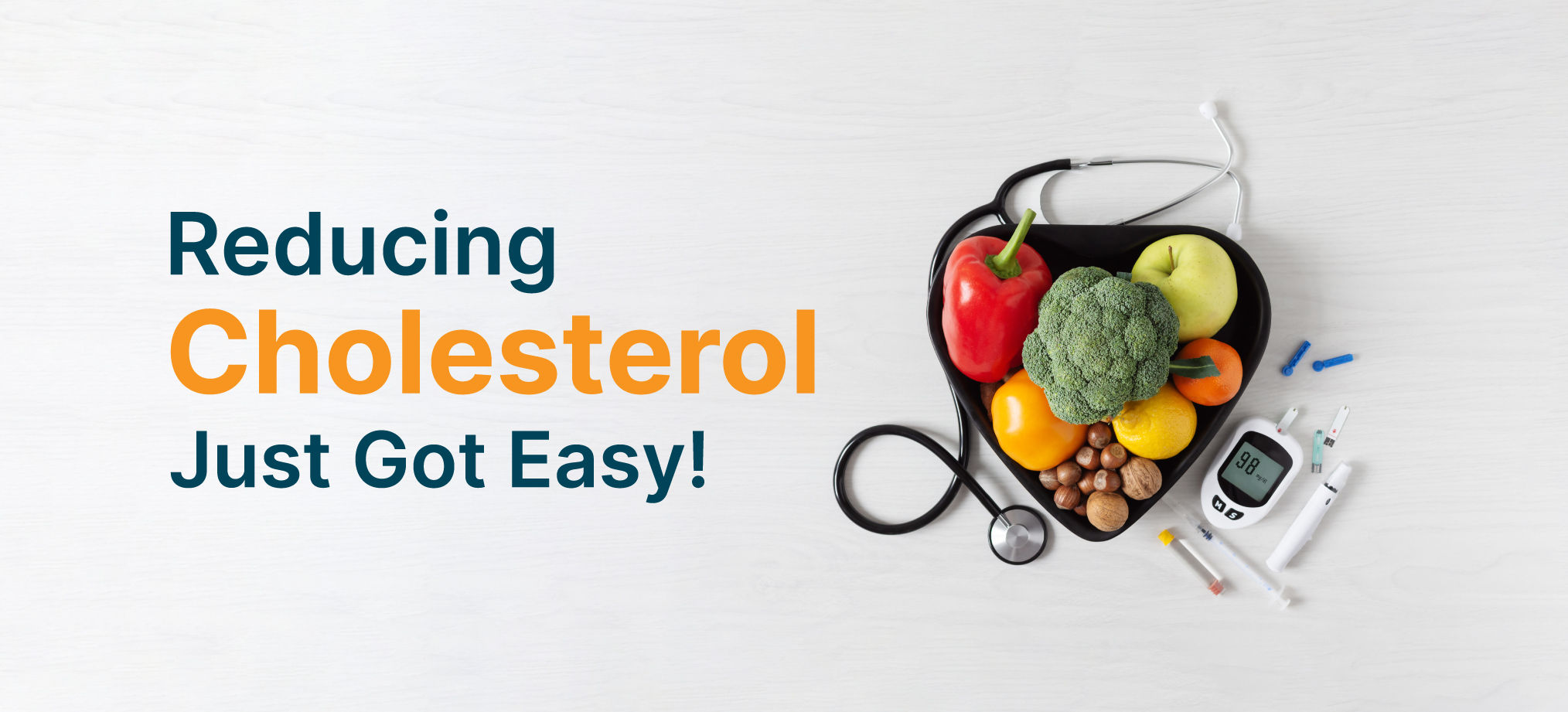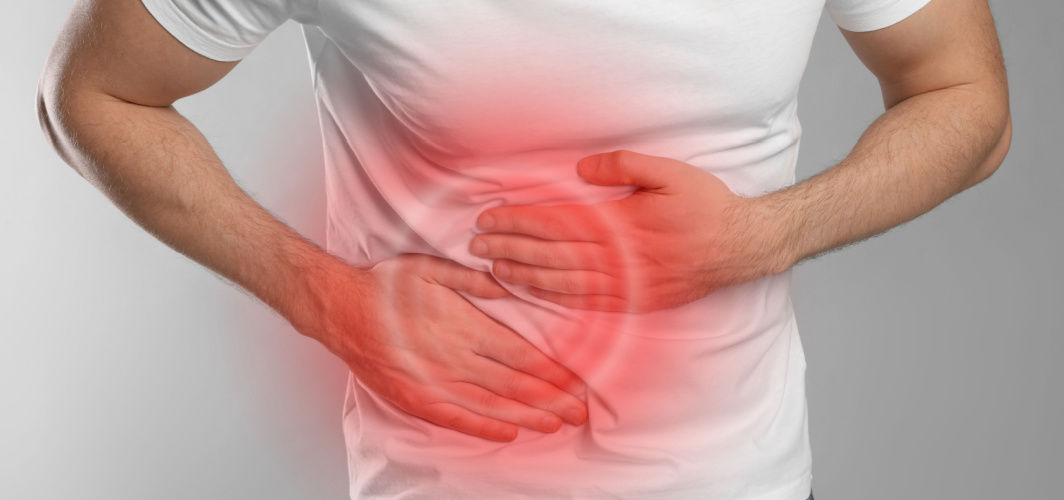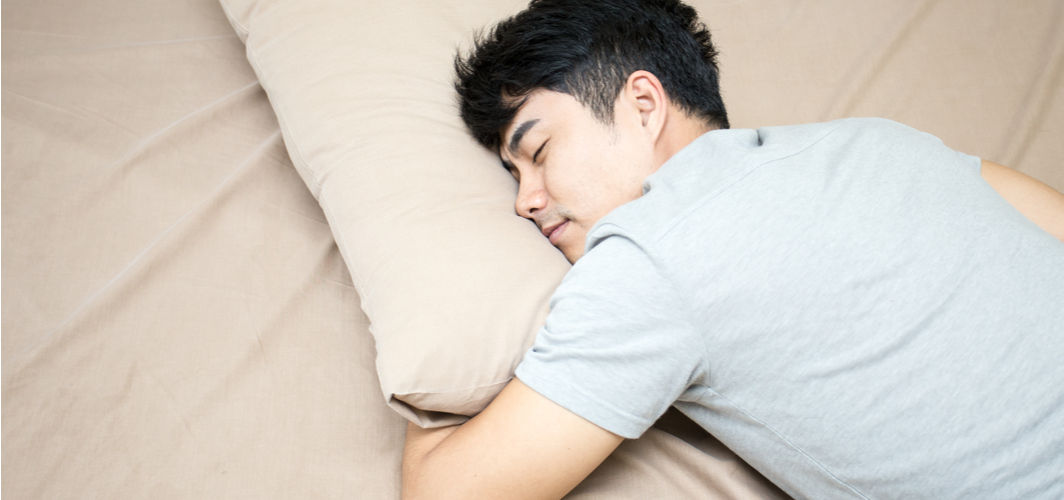General Health
Best First Aid Guidelines For Head Injuries
6 min read
By Apollo 24|7, Published on - 31 October 2022, Updated on - 05 December 2022
Share this article
0
1 like

An accident or injury often comes at a time when you least expect it. You may injure your head or may witness someone get injured when you are the only one around. While we must always take precautionary measures to prevent getting hurt and wear our safety gear, we should always be prepared to handle an accidental situation and be ready to provide first aid for head injuries.
Knowing what to do and what not to do to ensure the person's safety until medical help arrives is extremely important. Contrary to popular belief, first aid doesn’t just involve putting on bandages for head injuries; it includes much more. The first step to providing first aid for a head bump is recognising and differentiating a serious one from a non-serious injury. Right care at the right time can indeed save a life.
Signs of Severe Head Injury
Watch out for the following signs which indicate that the head injury is severe and needs medical attention as soon as possible:
- Loss of consciousness, even if it is for just a few seconds
- Vomiting more than once
- Seizure or fits
- Severe headache or neck stiffness
- Not being able to move a part of or the complete hand or leg
- If the central dark part of their eyes (pupils) are of unequal sizes
- Drowsiness/ sleepiness
- Abnormal behaviour
- Speech that doesn’t make sense
Even if you notice one of the above signs, make sure you immediately call for an ambulance or a nearby doctor or ask others around you to summon one.
Basic Steps for Common Head Injuries
1. Apply something cold
As soon as someone receives a blow to the head, you should ensure that they apply something cold onto it for up to 20 mins. You can use ice wrapped in a cloth/towel, cool packs, frozen vegetables wrapped in a towel or handkerchief, or any clean cloth, etc. This will help reduce the bleeding and swelling. Due to the head injury, the brain may still be slightly shaken, making the person feel drowsy. So, you need to take care of that as well.
2. Talk and seek medical help
If the injured person is repeatedly vomiting, is drowsy or is getting worse by the minute, while you await an ambulance, do not allow the person to fall asleep and keep talking to them to keep them conscious.
3. Observe and monitor
Ensure that a responsible person monitors the injured person’s condition and observes how they feel until medical help arises. In case of sports injuries, they should not return to play until they have been examined by a medical professional. No matter how small the head injury may seem, it should be checked by a doctor in all cases.
First Aid for Head Injuries
Until medical help arrives, you can follow the following steps and provide the first aid for a head bump:
- If you think the skull is broken, do not apply pressure from where it is bleeding. Do not attempt to remove any debris stuck to the wound. Dress the wound with a clean gauze piece.
- If there is bleeding, press a clean cloth to the head firmly to stop it. If the fabric soaks the blood, place another one above it. Do not remove the first cloth.
- Align the neck with the spine by holding the neck and stay there till medical help arrives.
- Check the injured person’s airway and breathing (by placing a finger near the nose) or listening for breathing sounds near the nose or chest); and circulation (by looking for a pulse near the wrist or on the side of the neck).
- After assessing the situation, begin by giving rescue breaths and performing CPR. If you do not know how to do it then ask for someone who can. Wrongly given CPR can break the ribs and cause further damage.
- Check the heart rate and breathing repeatedly while doing CPR. If they are improving or have become normal, continue to stabilise the patient’s head by placing your hands on both the sides of the person’s head and neck.
- If the person is about to vomit or is vomiting, roll the head, neck and body to one side to avoid choking. The neck and head should be stabilised to the side in this position.
- Apply something cold or ice packs to the swollen area. Do not directly touch the ice to the skin; ensure that you wrap it in a cloth.
What Not to Do While Tending to a Head Injury?
Although some of the actions listed below may be instinctive, ensure that you absolutely DO NOT do the following while providing first aid for head injuries for they can cause more harm than help:
- Do not shake the person as you might be unaware the case is of a mild injury or concussion
- Do not pick up an injured child who has signs of head injury
- Do not remove any object sticking out of a wound
- Do not move the person, except if staying at the site might put the person’s life in danger
- Do not remove the helmet of the injured person
- Do not wash a head wound that is bleeding a lot or is deep
- Ensure that the injured person does not drink alcohol within 48 hours of the injury.
Frequently Asked Questions
1. Can we place ice when we bump our heads?
Yes, you should place ice or something cold on the head if you bump your head. You can wrap ice in a piece of cloth and apply it to the injured area. Do not place the ice directly on the skin.
2. What to do if a person’s head is bleeding?
Apply gentle but firm pressure onto the wound with a clean cloth to stop the bleeding. If the cloth soaks the blood, place another cloth on top of it, but do not remove the first cloth. If you think the skull is broken, do not apply pressure on the wound. Take the person to an emergency department.
3. Is it normal for a person to vomit after hitting their head?
If the person vomits more than once after hitting the head, it could indicate a serious head injury. Arrange for medical help immediately.
4. Is a person allowed to drink alcohol after a minor head injury?
No, a person should not drink alcohol until 48 hours from the time of injury. Kindly consult a doctor to ensure that the brain is uninjured.
5. Is it ok to wash a bleeding head wound?
No. You should not wash a deep or bleeding head wound. Kindly seek immediate medical attention.
To know more about how to deal with head injuries, consult our doctors by clicking the below button.
Book Your Appointment With Our Best Doctors
Medically Reviewed by Dr. Dhanunjay Reddy B
General Health
Leave Comment
Recommended for you
_26.jpg?tr=q-80)
General Health
I've been suffering from pain in the upper part of my stomach and loose motion for the last 2days. I have taken loose motion medicine but the pain is still there.

General Health
Five Effective Ways To Deal With High Cholesterol!
High cholesterol levels increase the risk of heart diseases and stroke. This article addresses how one can determine and deal with excess cholesterol.

General Health
From Surgery To Antibiotics, Know Everything About Appendicitis Treatment
Appendicitis is a condition where the appendix becomes infected or inflamed and requires prompt medical attention. Treatment options include surgery, antibiotics and pain management. Early detection of appendicitis is crucial for successful treatment.
Subscribe
Sign up for our free Health Library Daily Newsletter
Get doctor-approved health tips, news, and more.
Visual Stories

Could There Be More to Your Snore?
Tap to continue exploring
Recommended for you
_26.jpg?tr=q-80)
General Health
I've been suffering from pain in the upper part of my stomach and loose motion for the last 2days. I have taken loose motion medicine but the pain is still there.

General Health
Five Effective Ways To Deal With High Cholesterol!
High cholesterol levels increase the risk of heart diseases and stroke. This article addresses how one can determine and deal with excess cholesterol.

General Health
From Surgery To Antibiotics, Know Everything About Appendicitis Treatment
Appendicitis is a condition where the appendix becomes infected or inflamed and requires prompt medical attention. Treatment options include surgery, antibiotics and pain management. Early detection of appendicitis is crucial for successful treatment.